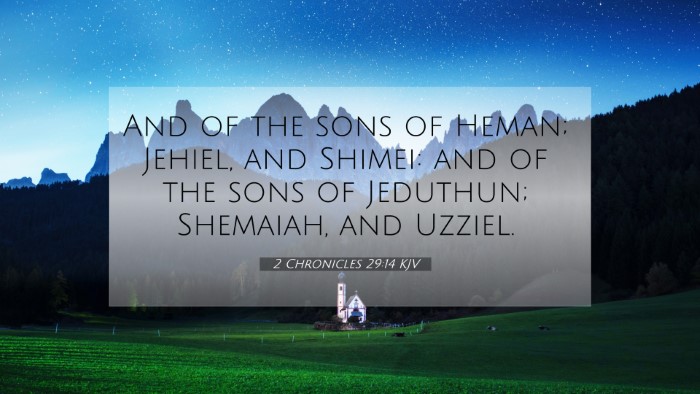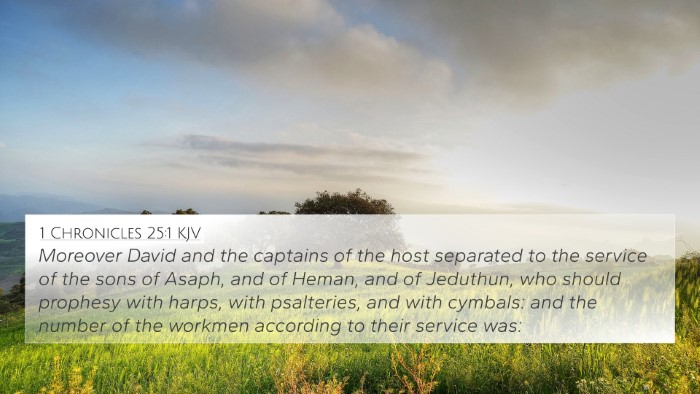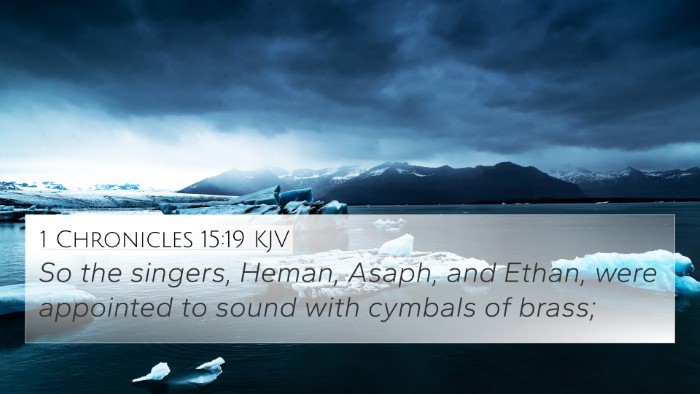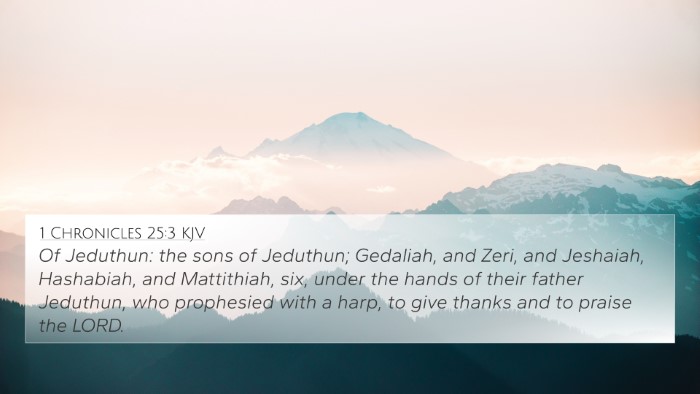2 Chronicles 29:14 Meaning Summary
2 Chronicles 29:14 states, "And the children of the priests went in to the inner part of the house of the Lord to cleanse it; and brought out all the uncleanness that they found in the temple of the Lord into the court of the house of the Lord; and the Levites took it, to carry it out abroad into the brook Kidron."
This verse is set during the reign of King Hezekiah, a pivotal moment in Judah's history when religious reform and restoration took center stage. It highlights the dedication of the priests and Levites to cleanse the temple of the impurities that had accumulated due to negligence and idolatry during the previous reigns. The act of cleansing is symbolic of purification, not only of the physical space of worship but also of the collective spiritual life of the nation.
Key Themes in 2 Chronicles 29:14
- Purification and Cleansing: This act reflects the necessity for both physical and spiritual cleanliness in worship.
- Restoration of True Worship: The reform initiated by Hezekiah aimed to restore genuine worship as described in the Law.
- Role of Priests and Levites: The active participation of religious leaders in this cleansing process underscores their duty in leading the people towards holiness.
Interpretations from Public Domain Commentaries
Matthew Henry's Commentary:
Henry emphasizes the importance of cleansing the temple as a precursor to renewing the covenant with God. This act not only signifies physical removal of idols but a deeper call to spiritual revival among the people of Judah. He underscores that the heartfelt and organized efforts of the Levites point towards God’s readiness to accept their repentance and restore them.
Albert Barnes' Notes:
Barnes notes the historical context and the urgency of this action. He highlights that the Levites, alongside the priests, undertook this significant task to cleanse the temple thoroughly, as it had been desecrated. The action taken signifies the beginning of a reformation, with deep implications for national and religious identity.
Adam Clarke's Commentary:
Clarke reflects on the spiritual implications of this cleansing. He draws attention to the symbolism of the brook Kidron, where the refuse was disposed of, representing the casting away of sin and uncleanness far from the people. This act serves as an important lesson on the necessity of removing sin from within the community and the importance of symbolic acts in restoring the relationship between God and His people.
Related Bible Cross References
- 2 Chronicles 30:17-20: Shows the importance of purification before celebrating the Passover.
- Ezra 10:10-12: Discusses the importance of purging sin and the communal effort involved.
- 1 Kings 15:11-12: Chronicles the reforms of King Asa, who also removed idols and restored true worship.
- Psalm 51:7: "Purge me with hyssop, and I shall be clean..." indicating the desire for spiritual cleansing.
- Isaiah 1:16-17: Calls for cleansing and turning from evil deeds, reflecting similar themes of purification.
- Matthew 21:12-13: Jesus cleansing the temple, showing a continuous divine expectation for purity in worship.
- Hebrews 9:13-14: Discusses the purification of the conscience by the blood of Christ, emphasizing the spiritual aspect of cleansing.
Conclusion
2 Chronicles 29:14 serves as an essential reminder of the importance of spiritual and communal purity in worship. As seen through the actions of Hezekiah, the priests, and Levites, there is a profound relationship between cleansing physical spaces dedicated to God and the spiritual renewal of the community. The connections drawn from this verse to others across the Bible enrich our understanding of themes such as repentance, restoration, and the proactive nature of worship.
Integration with SEO Keywords
When exploring Bible verse cross-references, 2 Chronicles 29:14 is a foundational verse that can be analyzed along with related verses to uncover deeper meanings and thematic connections. Understanding the connections between Bible verses provides insight into God’s overarching narrative throughout scripture.
Utilizing a Bible concordance or cross-reference Bible study tools can enhance the study of this verse, as it connects significantly to the themes of restoration and purity seen in both the Old and New Testaments. By identifying connections between Old and New Testament teachings, readers can gain a more comprehensive view of biblical themes.







